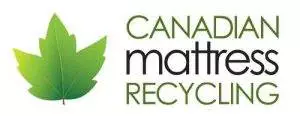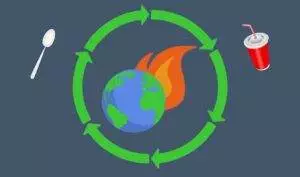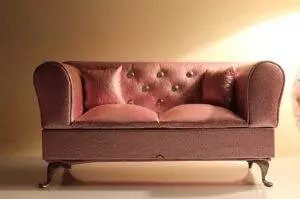Did you know that the Easter holiday produces over 4,000 tonnes of waste each year? The majority of the waste comes from single-use plastics such as Easter baskets and artificial grass. Plastic eggs, another culprit, harm the environment as people toss them out once the festivities end. Thus, we’ve put a few ideas together on how to make your Easter celebrations zero-waste.
1. Say no to plastic eggs
Around the world, single-use plastics clog up landfills. Wind and rain also blows these single-use plastic litter into our waterways like the ocean. Single-use plastics affect wildlife, and when they break down into microplastics, they enter our food chain and water supply. The amount of plastics in our world is staggering. Therefore, consider plastic-free activities this Easter, starting with saying no to using plastic eggs.
Parents often purchase plastic Easter eggs because of their price point. Why shell out more money for eggs that would otherwise be thrown away at the end of the holiday? For an event like an annual Easter Egg hunt, it doesn’t seem too bad to buy single-use plastic eggs every year.
Wrong – in fact, think about the plastic eggs that children don’t find at the end of the event. Unless someone goes through the field combing for every egg, chances are some end up as litter.
Therefore, consider using real eggs for decorating. Dyeing eggs produce brilliant colours similar to plastic eggs. Also, if you use natural dyes, these eggs can be composted after the event. Another benefit of dyeing your own eggs is being able to include your children in the activity.
Simply set aside a day or two before the Easter holiday to prepare the eggs and dyes. Turn the egg-dyeing activity into a teachable moment with your children. Chances are, they’d find egg-dyeing super interesting and fun!
This might not be as effective if you’re running a community Easter egg hunt. Still, we encourage you to think twice about using plastic eggs for your hunt. At the very least, think of ways you could retrieve all the plastic eggs you hide, wash and reuse them for Easter next year.
Another option is to consider wooden eggs. Simply reuse and repaint over and over, year after year (RecycledScene).
2. Repurpose plastic Easter eggs
If you already bought plastic Easter eggs – don’t fret! Why not turn the eggs into storage capsules for your children when you’re done with them? They can be used to store toys and more, like Play Doh. You can also paint over plastic eggs and turn them into decoration. Finding a new use for the eggs can be a fun challenge for your children. Besides, this encourages your children to learn about reducing, reusing, and recycling.
Recommended article: How to introduce recycling to your kids
3. Reduce candy wrapper waste
Candy wrappers are wasteful. Companies like TerraCycle can turn them into new products. Still, making new recycled products require energy and resources. Plastic wrappers can’t be easily broken down in nature. They find their way into our water streams when it rains and end up in our oceans over time. Our oceans are filled with so much plastic right now. CBC has reported that the Great Pacific Garbage Patch is 16 times larger than previously estimated. Other studies have shown that bottled water sold by major corporations are all contaminated by microplastics.
Find a local grocery store that sells unwrapped candy in bulk and bring your own zero waste container to fill them. You might get some weird looks — so first figure out whether the store will let you do this. The good news is as Vancouverites become more aware of the plastic pollution issues on Earth, bringing your own containers can become more acceptable. In the meantime, you can reduce waste by buying unpackaged candy in bulk.
4. Ditch the plastic basket
People are surprised when they learn plastic Easter baskets can’t be recycled. This is true, so if you must purchase plastic Easter baskets, try to find a second use for it around the home. You can even use the baskets for future holidays. Choosing a natural, compostable Easter basket will still be the best option, but we understand it might not be possible for everyone.
5. Make your own basket grass
Did you know that most grass fillings for Easter baskets are plastic and non-biodegradable? This means you end up throwing the fillings out in your regular garbage, which gets dumped in landfills. We know preparing for Easter can be stressful, but take a few seconds at the store to buy paper grass fillings instead. If you’re looking for a cheap alternative, why not make your own grass filling using construction paper? Just shred the paper and you have your own compostable and recycable grass filling.
Do you have any tips or tricks to reduce your holiday waste? Share them with us at @cdnmattrecycler or comment on Facebook! We love hearing suggestions for ways to reduce waste at home.
Canadian Mattress Recycling is a 100% locally-owned BC company with a team of employees dedicated to customer service and environmental preservation through recycling. We are located in the middle of Metro Vancouver on Annacis Island on Delta, BC and serve the entire Lower Mainland region and beyond. We are winners of the Green Business of the Year in 2016 by the Delta Chamber of Commerce.





